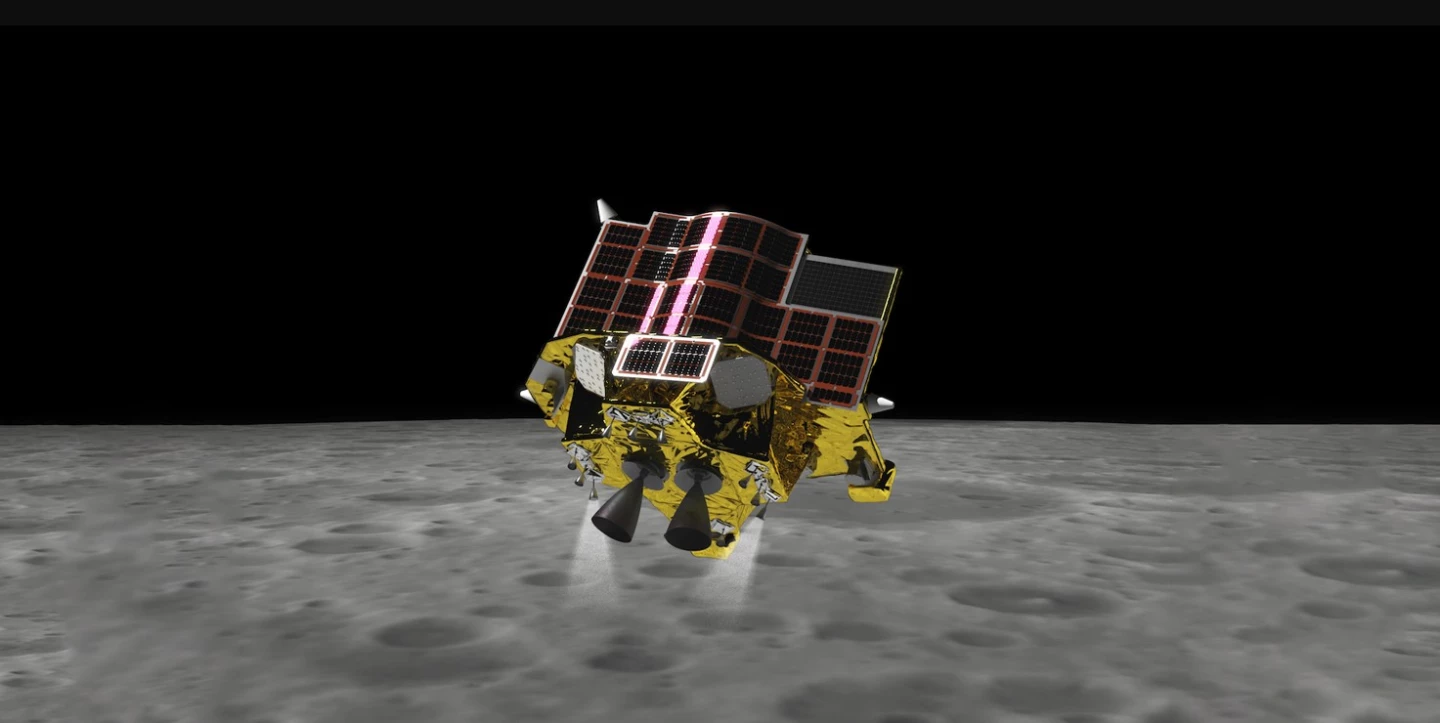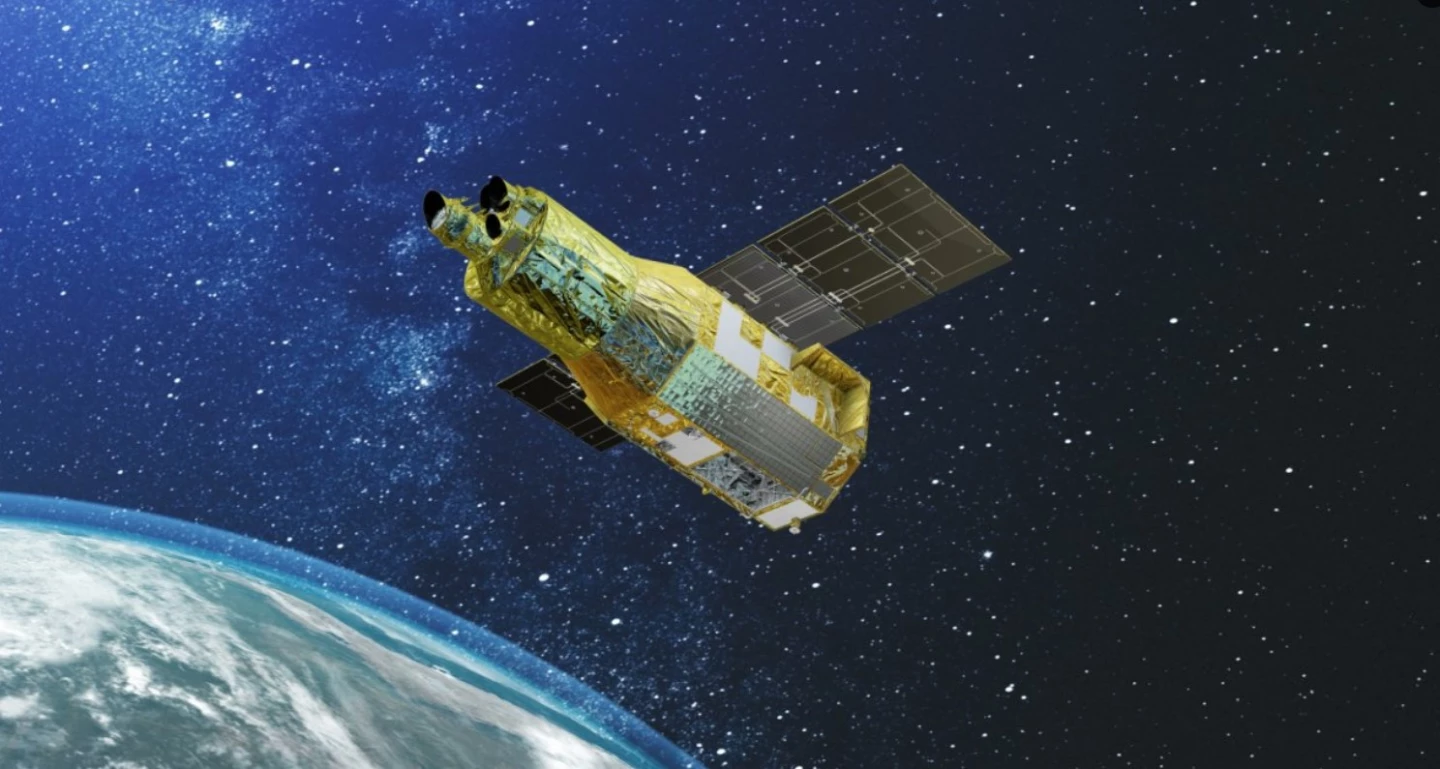It was second time lucky for Japan as it successfully launched its first lunar lander on September 6 at 23:42 GMT atop a Mitsubishi Heavy Industries H-IIA rocket from the Tanegashima Space Center 25 miles (40 km) south of Kyushu.
Today's launch marks the beginning of a mission that, if successful, will make Japan the fifth nation to successfully land on the Moon after the United States, the Soviet Union, China, and India. Though the lift off went off on time and without a major setback, there was an air of drama because the original launch on August 28 was scrubbed at the last minute due to excessive high-altitude winds.
After lifting off under clear skies, the rocket turned east over the Western Pacific Ocean. At the one-minute-50-second mark, the two solid rocket boosters fell away from the core first stage, which shut down and separated at about six minutes and 35 seconds. At the 13-minute-26-second mark, the second stage cut out with orbit insertion at 14 minutes. After a second burn and cutoff, at 47 minutes, the payload separated at an orbital altitude of 340 miles (550 km) inclined 31 degrees to the equator.
The Smart Lander for Investigating Moon (SLIM) mission is relatively simple by modern standards. It consists of a lander about the size of a washing machine and weighing only 265 lb (120 kg) without propellants. This is because the robotic spacecraft is designed as a technology demonstrator. Specifically, its goal is to show that it's possible to use machine vision technology to navigate using previously mapped craters to make a precision landing within 330 ft (100 m) of its target.
The SLIM lander also carries two small rovers of rather unusual construction. One is the Lunar Excursion Vehicle 1 (LEV-1), which doesn't roll or walk, but hops about the lunar surface as it gathers data on temperature and radiation. The second is the Lunar Excursion Vehicle 2 (LEV-2 or Sora-Q), which was built with the help of the Tomy toy company. It weighs only nine ounces (250 g) and is intended to study how such mini rovers can aid in lunar exploration.
Along with SLIM, the launch also included the X-Ray Imaging and Spectroscopy Mission (XRISM) X-ray space telescope. Its job is to fill the gap caused by the unexpected destruction of the Hitomi mission in 2016 due to a software error. Because the Chandra X-ray Observatory and XMM-Newton mission have been running for more than 15 years and are showing their age, astronomers have been dealing with a gap in the soft X-ray band of the spectrum. It's hoped that XRISM will close this gap until the launch of the ATHENA mission in 2035.
The two spacecraft are currently docked with one another, but will soon separate and SLIM will use its onboard engines to send it on lunar transit trajectory.
The video below recaps the launch of SLIM and XRISM.
Source: JAXA











